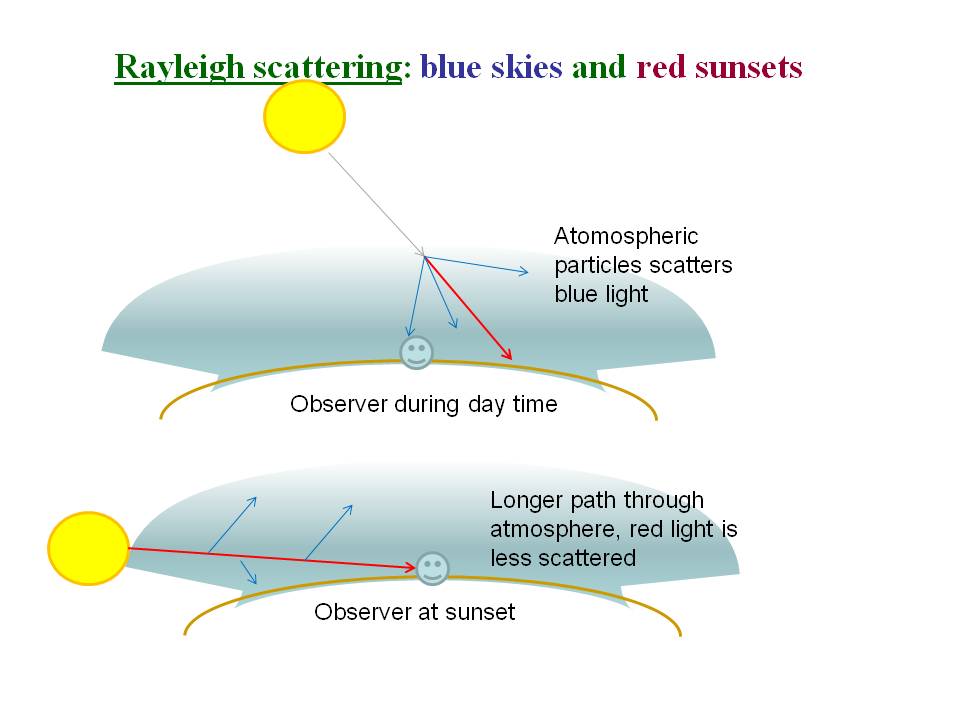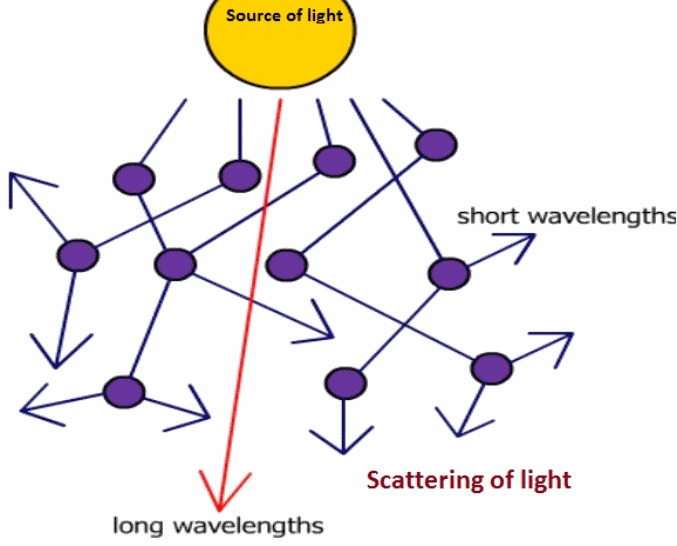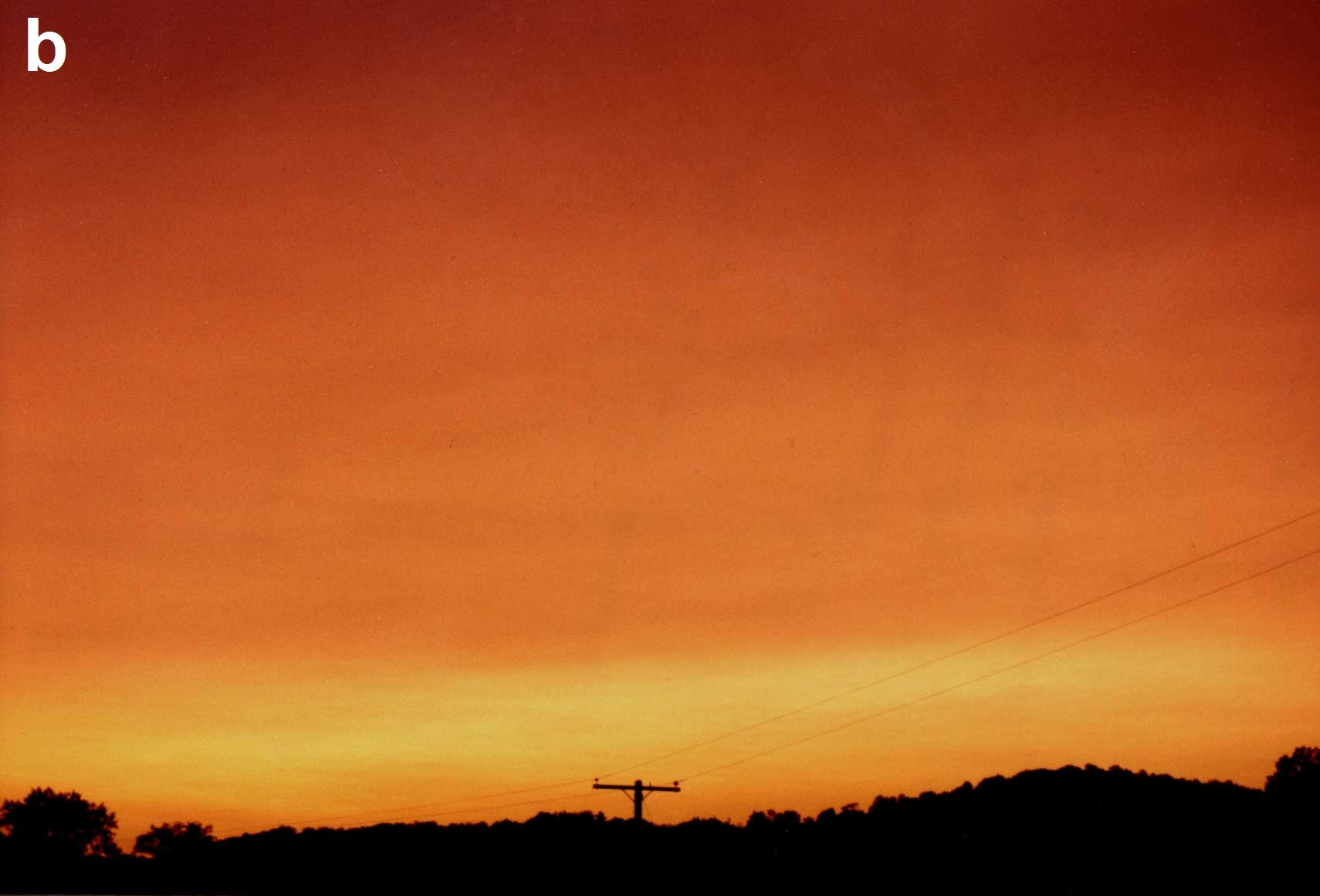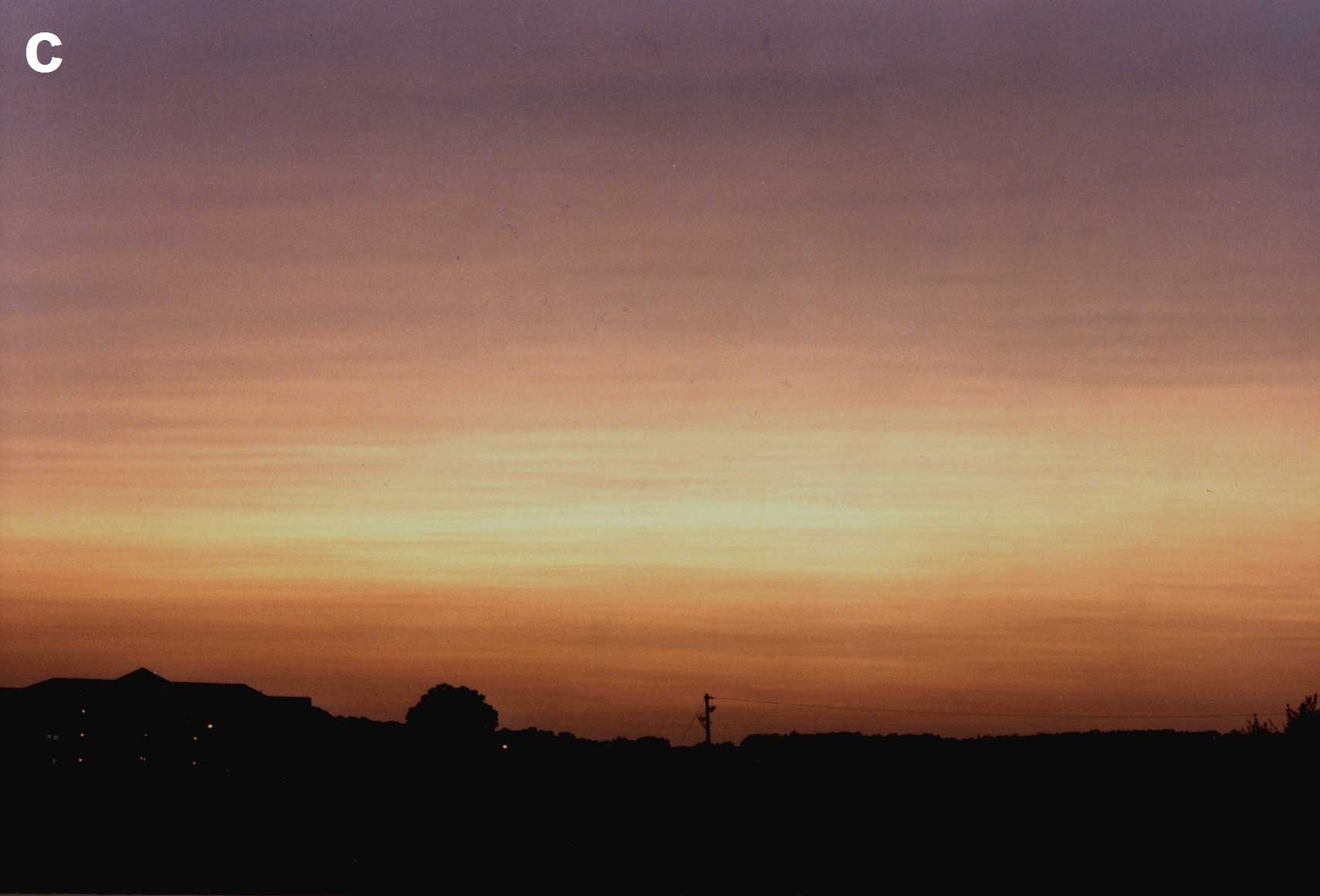We have all admired the beauty of sunsets and sunrises, which are natural phenomena that occur all around the world. The skies are stained with a variety of shades ranging from yellow to pink to purple, creating a picturesque landscape that signals the beginning or end of a day.
But have you ever wondered why the color of our skies can differ so drastically across various locations? Well, air pollutants like nitrogen oxides, sulfur dioxide and particulate matter may have a role to play in altering the appearance and intensity of sunsets and sunrises.
The colors we see in the sky come from sunlight that is scattered by molecules in the atmosphere, via a process known as Rayleigh scattering. Scattering is the scientific term used to describe the reflection or re-direction of light by small particles. The sky typically appears blue because blue light is scattered more due to its shorter wavelength, and bounces off molecules in the atmosphere quickly and easily compared to other colors.
During sunrise or sunset, sunlight takes a much longer path through the atmosphere than during the middle part of the day (Fig 1). This results in an increased amount of violet and blue light being scattered out of the beam, and also including longer wavelengths such as yellow, orange, and red, thereby creating the sunsets that we see.

Fig 1: Rayleigh scattering (Source: Bredas, 2012)
When air pollution is present, airborne dust particles and haze will change the way light interacts with the atmosphere (Fig 2). Since pollution aerosols tend to exist in a wide range of sizes, the scattering they produce is not strongly wavelength-dependent. This means that colors are scattered indiscriminately, increasing the overall brightness of the sky but dampening color contrast and softening sunsets/sunrises. Airborne pollutants also enhance the attenuation of scattered and direct light, reducing the total amount of light that reaches the surface and hence robbing sunsets of their vibrancy and intensity. Although aerosols are what give sunsets their distinct red color, an excess concentration of aerosols, generated from anthropogenic emissions, is what causes a muted and subdued look.

Fig 2: Scattering of light due to the presence of atmospheric particles (Source: STEM)
Additionally, the type of particles present in the air is an important factor that impacts sunset colors. For example, sulfur dioxide gives sunsets their reddish tint while nitrogen oxides make them appear more yellow or orange. Major volcanic eruptions actually give rise to more colorful sunsets and sunrises as they inject ash and sulfuric acid particles into the stratosphere instead of the troposphere, where the particulate matter from anthropogenic emissions ends up. Therefore, volcanic particles are able to catch the first and last rays of sunlight, giving the sky more red and orange colors.
Following the massive eruption of Mount Pinatubo in the Philippines in 1991, spectacular sights were observed in the skies of the United States several months later as seen in Fig 3. The volcanic eruption was the second largest eruption of the twentieth century, releasing more than 5 cubic meters of particles and matter. It caused severe pollution as the ash cloud rose up to 35 kilometers into the air.



Fig 3: Various colours of the skies observed in the United States (Source: Corfidi, 2014)
In picture (a), the lilac hue is produced by scattered blue light mixing with red light. The orangey afterglow in (b) is produced by a thicker aerosol cloud. Picture (C) shows how the haze led to increased attenuation especially at the horizon, creating shades of pink and white.
The next time you watch a sunset/sunrise, you might want to rethink its origins and formations. Evidently, air pollution and concentrations of particulate matter in the atmosphere have more consequences than what humans can imagine. The effect it has on the natural color of our skies emphasizes the visibility of air pollution in an unexpected yet critical way.
Bibliography
Ballantyne, C. (2007, July 12). Fact or Fiction?: Smog Creates Beautiful Sunsets. Retrieved from Scientific American: https://www.scientificamerican.com/article/fact-or-fiction-smog-creates-beautiful-sunsets/
Corfidi, S. F. (2014, September). The Colors of Sunset and Twilight. Retrieved from NOAA Storm Prediction Center: https://www.spc.noaa.gov/publications/corfidi/sunset/
Hyslop, N. P. (2009). Impaired visibility: the air pollution people see. Atmospheric Environment, 43(1): 182-195.
Minnaert, M. (1954). The Nature of Light and Colour in the Open Air. Physics Today, 7(11): 16.
Seinfeld, J. H., & Pandis, S. N. (2016). Atmospheric Chemistry and Physics: From Air Pollution to Climate Change. New Jersey: John Wiley & Sons Inc.
USGS. (2005, February 28). The Cataclysmic 1991 Eruption of Mount Pinatubo, Philippines. Retrieved from U.S. Geological Survey Fact Sheet: https://pubs.usgs.gov/fs/1997/fs113-97/

Leave a Reply